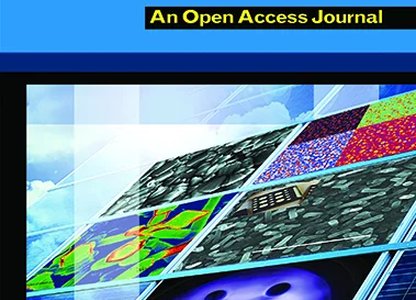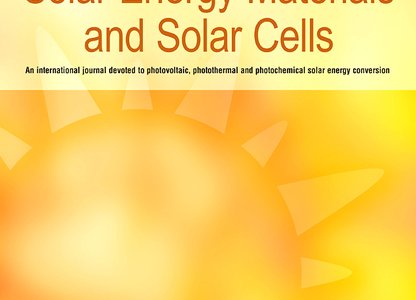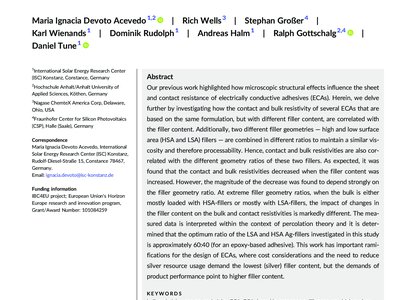Scientific Publications
This work aims at the full recovery of efficiency losses induced by shingling double-side poly-Si/SiOx passivated contacts crystalline silicon solar cells. It focuses on thermally-activated Aluminium Oxide (AlOx) layers elaborated by thermal Atomic Layer Deposition (ALD) to passivate the edges of shingled cells cut by using the innovative 45° tilt squaring approach. The whole procedure featuring high-temperature AlOx annealing led to very low cut-related performance losses. Indeed, the efficiency and FF of the passivated shingled cells surpassed the values obtained for the as-cut shingles by 0.5%abs and 2.6%abs, respectively. Approaches for further improvements are also discussed, particularly to overcome the short-circuit current density decrease observed for passivated shingles
Franck Dhainaut, Raoul Dabadie, Benoit Martel, Thibaut Desrues, Mickaël Albaric, Olivier Palais, Sébastien Dubois, Samuel Harrison, Edge passivation of shingled poly-Si/SiOx passivated contacts solar cells, EPJ Photovoltaics 14, 22 (2023)
The effects of increasing filler loading on the contact resistivity of interconnects based on silver
Our previous work highlighted how microscopic structural effects influence the sheet and contact resistance of electrically conductive adhesives (ECAs). Herein, we delve further by investigating how the contact and bulk resistivity of several ECAs that are based on the same formulation, but with different filler content, are correlated with the filler content. Additionally, two different filler geometries — high and low surface area (HSA and LSA) fillers — are combined in different ratios to maintain a similar viscosity and therefore processability. Hence, contact and bulk resistivities are also correlated with the different geometry ratios of these two fillers. As expected, it was found that the contact and bulk resistivities decreased when the filler content was increased. However, the magnitude of the decrease was found to depend strongly on the filler geometry ratio. At extreme filler geometry ratios, when the bulk is either mostly loaded with HSA-fillers or mostly with LSA-fillers, the impact of changes in the filler content on the bulk and contact resistivities is markedly different. The measured data is interpreted within the context of percolation theory and it is determined that the optimum ratio of the LSA and HSA Ag-fillers investigated in this study is approximately 60:40 (for an epoxy-based adhesive). This work has important ramifications for the design of ECAs, where cost considerations and the need to reduce silver resource usage demand the lowest (silver) filler content, but the demands of product performance point to higher filler content.
Maria Ignacia Devoto Acevedo, Rich Wells, Stephan Großer, Karl Wienands, Dominik Rudolph, Andreas Halm, Ralph Gottschalg, Daniel Tune


